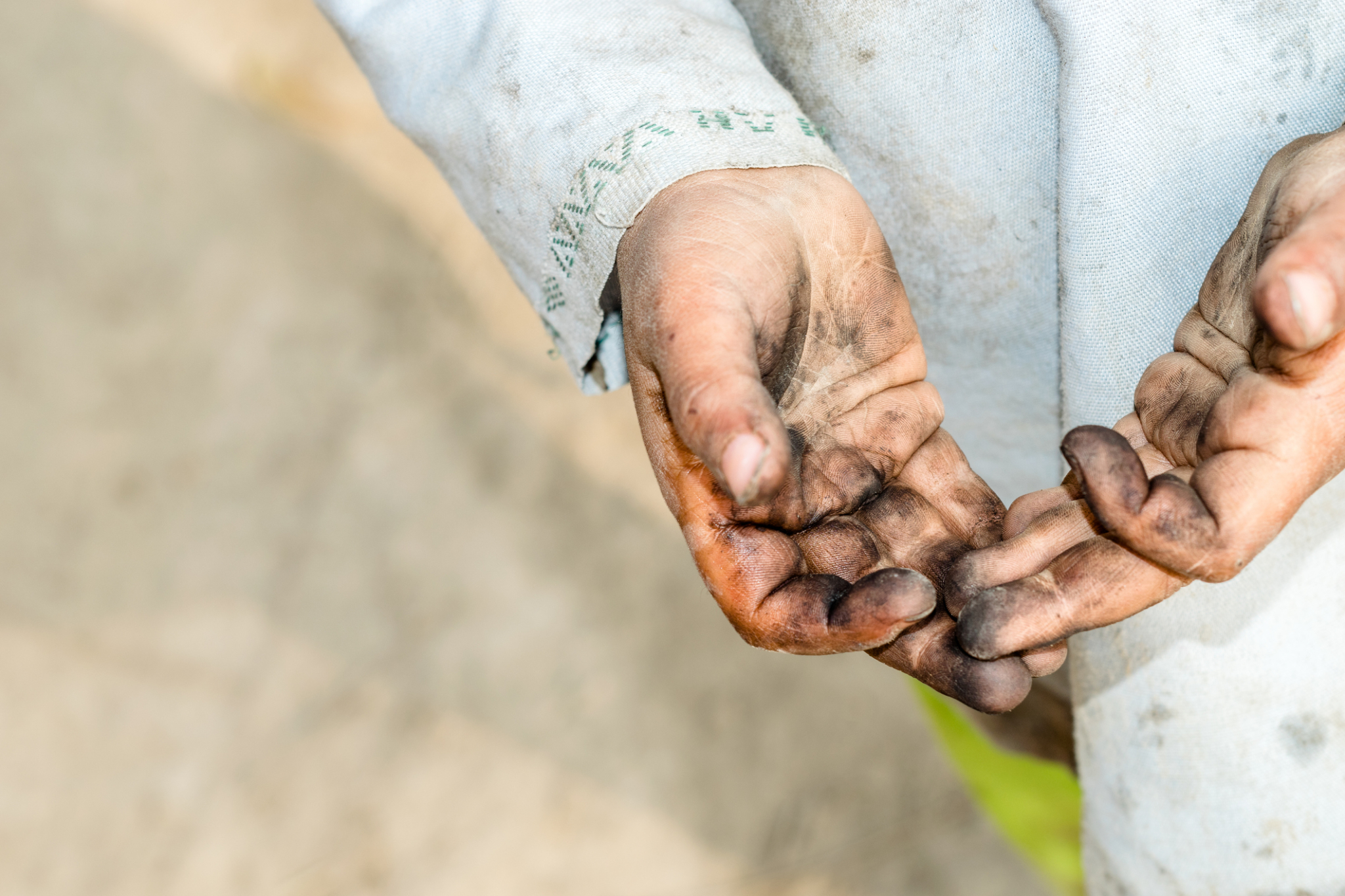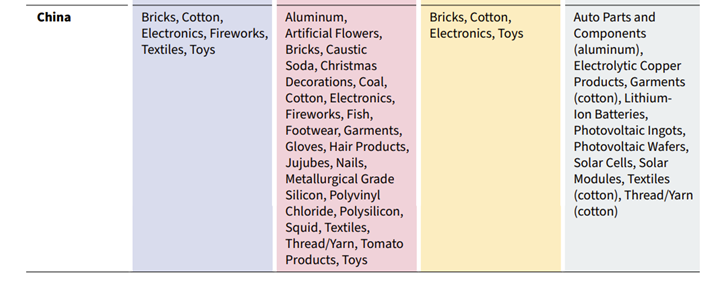
The report is getting particular notice for China’s use of forced labor throughout its clean energy manufacturing supply chain, driving home the need for the U.S. to shore up its own production capabilities.
The Labor Department is out with a new report chronicling the use of forced labor and child labor around the world, drawing attention to just how many goods are made with exploitative labor practices.
While the report outlines a slew of industries built off of forced labor and/or child labor, the report is generating a bit of media attention for its insight into the prevalence of these practices in producing clean energy technologies like solar panels and electric vehicles. That’s an industry currently dominated by China, which is cited in the report for relying on forced labor and child labor in dozens of industries.

Indeed, China is accused in the report of using child labor to manufacture products like textiles and fireworks, and children are forced to make products like bricks, electronics, toys, and produce cotton. Meanwhile, the report finds that China uses forced adult labor to produce everything from aluminum and artificial flowers to Christmas decorations, footwear, and hair products.
But the report particularly highlights just how much of China’s solar, electric vehicle and battery supply chain depends on forced labor. According to the report, China utilizes forced labor to make metallurgical grade silicon and polysilicon, both of which are critical to producing solar products. It also uses inputs made with forced labor for downstream products like lithium-ion batteries, photovoltaic ingots, photovoltaic wafers, solar cells, and solar modules.
But China isn’t just using these exploitative practices within its own borders; the Chinese government also is overseeing efforts to use both forced and child labor to extract the minerals needed to fuel these industries. As The Hill reports:
The new report stated forced labor is involved in the extraction of Chinese aluminum and silicon, Indonesian nickel and cobalt from Congo. It said child labor was being used to mine the aforementioned cobalt as well as copper from Congo and Zambia, Zambian manganese, Zimbabwean lithium and inputs used for South Korean Indium.
It also highlighted labor concerns regarding the supply chain for certain Chinese products, saying Chinese lithium-ion batteries were produced with minerals from Congo that used child labor and/or forced labor.
The Labor Department’s findings mirror that of other researchers who also have chronicled China’s use of forced labor in its clean energy industries. Indeed, there’s growing consensus that China is dependent on these exploitative practices to fuel its clean energy manufacturing, with organizations from the Heritage Foundation to Center for Strategic and International Studies also offering their own evidence and analysis.
Despite these egregious human rights abuses, there are some out there still making the misguided argument that China’s massive, heavily subsidized industry is needed to address climate change and reduce global emissions. That’s certainly the case being made by solar importers, many of whom still sadly argue that U.S. efforts to counter China’s bad practices would hurt the overall effort to combat climate change.
Aside from the fact that this argument often fails to address the fact that China currently leads the world in carbon emissions, it’s also quite defeatist. Why does the world need to choose between addressing climate and working to eliminate forced labor and child labor?
The single best way for the United States to limit its exposure to products made using forced and/or child labor while also lowering its own carbon emissions is to grow and strengthen its domestic production capabilities when it comes to the entire clean energy supply chain. That means not only should the United States be assembling electric vehicles and solar panels stateside, we also should be manufacturing as much of the components needed to built these things, too. At the same time, the U.S. needs to find ways to source critical minerals in an ethical manner.
On the trade front, the United States cannot hesitate to enforce its trade laws to counter China’s bad acts. That includes strengthened enforcement of the Uyghur Forced Labor Prevention Act, the landmark law that prohibits anything made, in whole or part, in the Xinjiang region of China from entering the United States due to evidence of forced labor there. The United States also needs to be willing to enforce its trade laws when it comes to China’s litany of unfair trade practices.
But we know China’s government is quite skilled at dodging U.S. trade enforcement, too. That’s why the United States needs to put new trade tools in place, like those included in the Leveling the Playing Field Act 2.0, so our trade enforcement mechanisms are nimble enough to counter China’s malfeasance.
Read the full Labor Department report, 2024 List of Goods Produced by Child Labor or Forced Labor.
